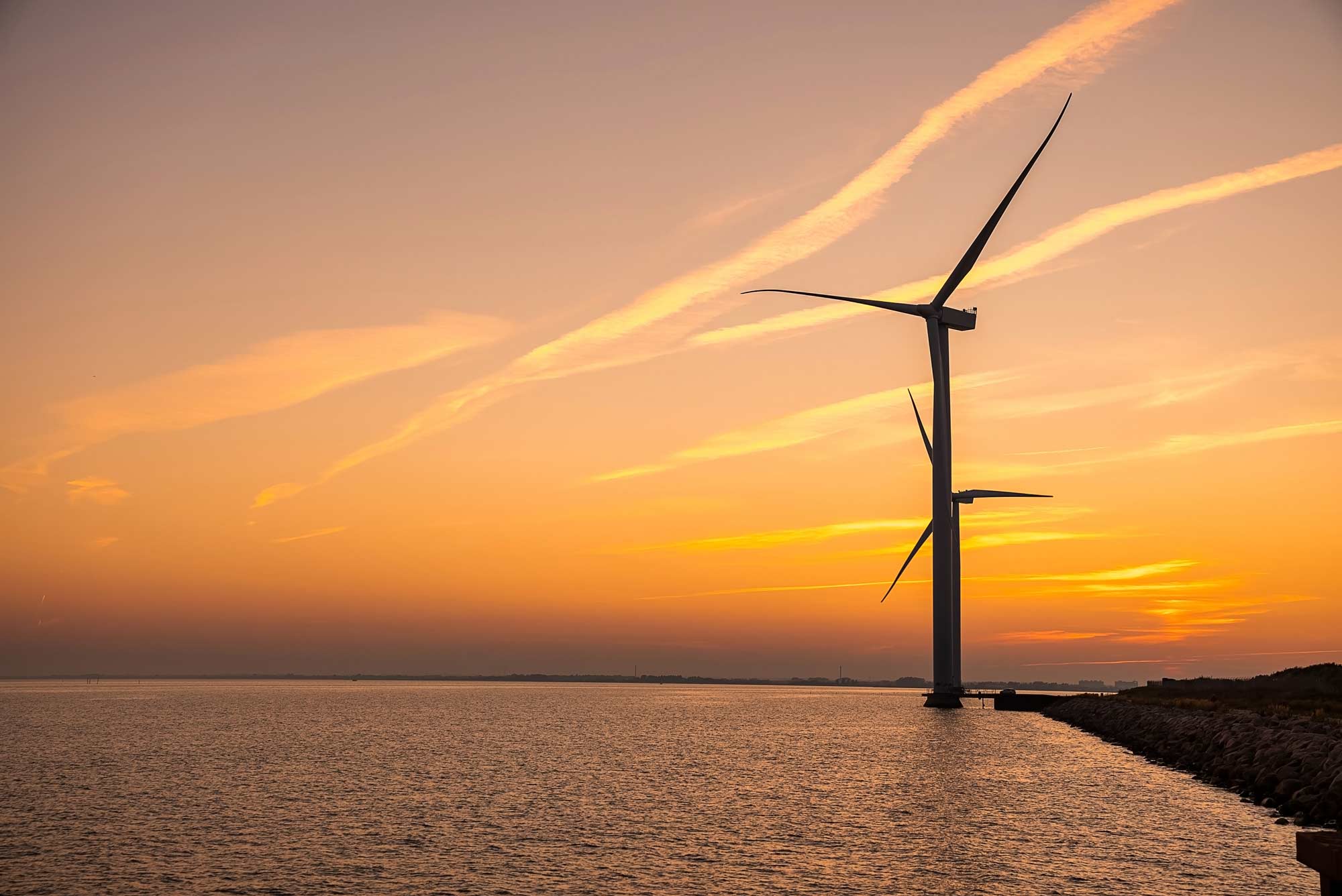National Grid has recently (Dec 2022) issued its Operability Strategy Report to 2035. It is a profoundly worrying document that will inevitably lead to increased electricity system costs, vulnerability and fragility.
Inertia requirements
The National Grid plans to more-than-halve the requirement for natural inertia on the grid. This will guarantee black-outs such as those on 9th August 2019. These occurred when two initial failures caused by lightning strikes within eight minutes of each other (a power station in Cambridgeshire and a wind farm connected in East Yorkshire) caused spikes on the mains, which should have been accommodated by system inertia. However they turned into a cascade of subsequent trips around the system, blacking out facilities as far apart as north London commuter trains and a hospital in Cumbria. Technical experts have confirmed many times our analysis that they were due to a reliance on synthetic, as opposed to real, inertia.
Synthetic inertia is essentially an ultra-fast response time: 6-60 milliseconds. However this is too slow to stop a spike being transmitted past the plant providing the so-called synthetic inertia, so the spike continues around the system causing trips and failures. Real inertia is always there, like the air we breathe, and would have flattened those spikes and protected the system.
National Grid measures inertia in units of GVAs. By the time of the blackouts inertia had reduced to 210 GVAs, when its lack (and reliance on synthetic inertia to replace it) caused the black-outs. In 2022 it had reduced still further to 140 GVAs (see p. 30 of the Operability Strategy), and we get many near-misses of blackouts annually; and now National Grid is proposing to reduce it again to 102 GVAs. We expect widespread black-outs with the next major system fault. However these have been mitigated by a multi-million pound dereliction of duty, the Accelerated Loss of Mains Change Programme, known as ALoMCP (a project to relax breaker settings around the grid), greatly reducing protection for customer equipment. Yet inertial storage like ours would avoid all this.
Other System Operability Needs
As well as inertia, inertial storage at suitable scale and duration would also address all the other issues identified such as low short circuit levels and system oscillations due to inverters (see p. 34), voltage control (p. 36-43), frequency control (p. 64-85) and reduce thermal constraints (p. 44-52). All are needed due to the loss of inertial generation from power stations; all can be solved concurrently by inertial storage, which minimises the cost and complexity of doing so, improving system operability and saving billions in non-energy operability costs. And that’s additional to the billions saved in grid reinforcement if it’s in the right locations.
System Restoration
As for system restoration (p. 53-58), their Distributed ReStart project has proved that technically it is impossible for distribution-connected batteries etc. to re-start the grid. They admit this while hiding it: despite 3 years’ work costing millions, still “there are also significant technical, organisational and commercial challenges to address to ensure these diversified sources of restoration can be implemented effectively” (p. 55). Storelectric’s storage can be implemented effectively, despite being much cheaper and more efficient than all viable alternatives, such as batteries, which can’t.


